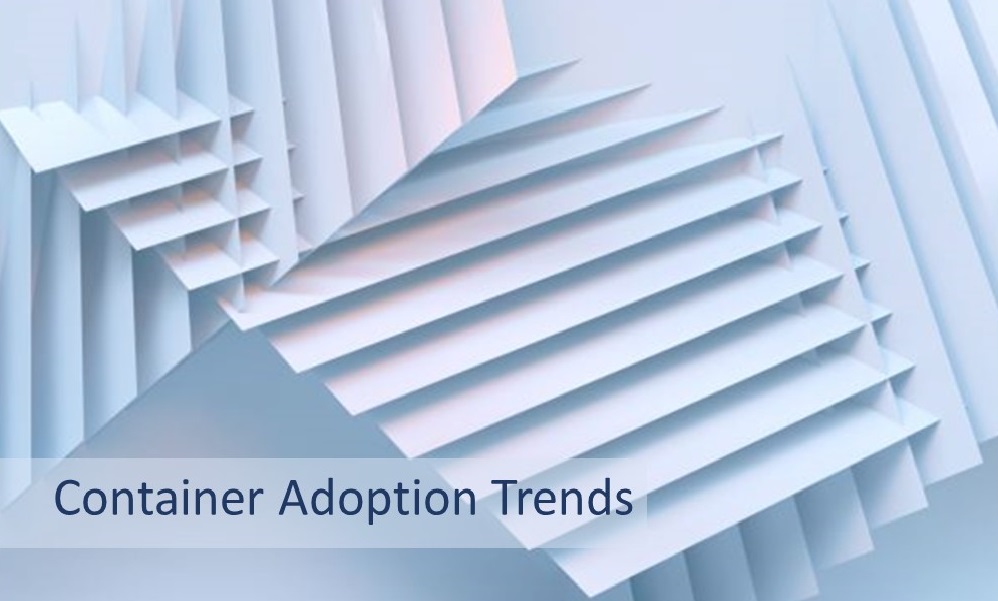Benchmark your application strategy with data. Read this ASR survey of IT decision makers about adoption of containers and Kubernetes.
Application containerization—packaging software to create a lightweight, portable, consistent executable—delivers technical and business advantages over conventional delivery methods. Containerized apps are quickly deployable for easy scaling, run in diverse environments and offer security advantages thanks to their isolation from other software. In combination with orchestration software such as Kubernetes, containers can also be centrally dispatched, managed and scaled for IT agility.
In September 2021, Dell commissioned Aberdeen Strategy and Research (ASR) to survey hundreds of IT decision makers with experience in choosing or deploying containers. The goal was simple, to better understand how and why containers and Kubernetes are being deployed at mid-size as well as larger enterprises, assess container-related performance advantages and uncover challenges associated with Kubernetes and container environments. The survey found that on average over 50% of applications are containerized.
Among the use cases for container adoption highlighted in the results are the expected drivers of application development and testing. Other interesting drivers include server consolidation, multi-cloud capability and automating the pipelines from application code to production environments. Interestingly, the survey highlighted the fact that the deployment of third-party applications and services is cited as a driver more frequently than the in-house development of custom applications. Even for organizations that do little more than tie together existing applications with lightweight scripts or use off-the-shelf applications, containerization offers logistical benefits.
It should be no surprise that security, time-to-market, improved deployment capabilities and driving efficiencies are cited as key drivers by respondents to this survey. Also, some common inhibitors to adoption were cited including enabling technology that is too complex to justify the effort, uncertainty around security capabilities, lack of internal know-how and fear of spiraling costs.
Application deployment trends found by the survey show that while container adoption is widespread, virtual machines continue to lead as the deployment mechanism for applications. This points to the need for a pragmatic approach to enterprise architectures that assumes the co-existence of VMs and containers for the foreseeable future. Furthermore, organizations cited the strong need for support for both public cloud and private cloud deployment options with a hybrid approach being pursued by over two-thirds of surveyed organizations.
Original research like this is a great way to benchmark how your IT strategy aligns with industry trends. Please read the executive summary of the results and also reference the infographic summarizing how Dell Technologies and VMware solutions provide a pragmatic approach for container adoption.
Author: Bob Ganley, Dell Technologies Cloud Product Group
Source: https://www.dell.com/en-us/blog/container-adoption-trends-why-how-and-where/
FOR A FREE CONSULTATION, PLEASE CONTACT US.

